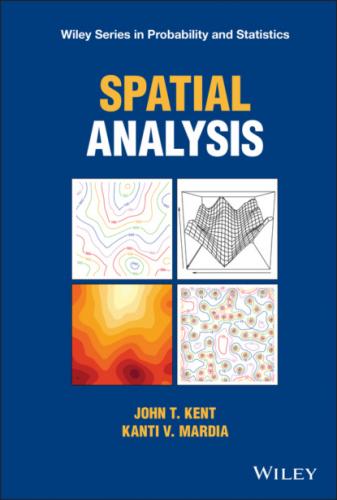Figure 6.1 Mercer–Hall data: bubble plot. See Example 6.1 for an interpretation.
Figure 6.2 A plot of the sample and two fitted covariance functions (“biased‐mom‐ML”) for a CAR model fitted to the leftmost 13 columns of the Mercer–Hall data (Example 6.1). The data have been summarized by the biased sample covariance function. The four panels show the covariance function in the four principal directions with the sample covariances (open circles) together with the fitted covariances using moment estimation (solid lines) and maximum likelihood estimation (dashed lines).
Figure 6.3 A plot of the sample and two fitted covariance functions (“fold‐mom‐ML”) for a CAR model fitted to the leftmost 13 columns of the Mercer–Hall data (Example 6.2). The data have been summarized by the folded sample covariance function. The four panels show the covariance function in the four principal directions with the sample covariances (open circles) together with the fitted covariances using moment estimation (solid lines) and maximum likelihood estimation (dashed lines).
Figure 6.4 Relative efficiency of the composite likelihood estimator in AR(1) model relative to the ML estimator.
Figure 7.1 Kriging predictor for
Figure 7.2 Kriging predictor for
Figure 7.3 Panel (a) shows the interpolated kriging surface for the elevation data, as a contour map. Panel (b) shows a contour map of the corresponding kriging standard errors. This figure is also included in Figure 1.3.
Figure 7.4 Panel (a) shows a contour plot for the kriged surface fitted to the bauxite data assuming a constant mean and an exponential covariance function for the error terms. Panel (b) shows the same plot assuming a quadratic trend and independent errors. Panels (c) and (d) show the kriging standard errors for the models in (a) and (b), respectively.
Figure 7.5 Kriging predictor and kriging standard errors for
Figure 7.6 Panel (a) shows the interpolated kriging surface for the gravimetric data, as a contour map. Panel (b) shows a contour map of the corresponding kriging standard errors.
Figure 7.7 Kriging predictors for Example 7.6. For Panel (a), the kriging predictor is based on value constraints at sites 1,2,3. For Panel (b), the kriging predictor is additionally based on derivative constraints at the same sites.
Figure 7.8 Deformation of a square (a) into a kite (b) using a thin‐plate spline. The effect of the deformation on
Figure B.1 Creators of Kriging: Danie Krige and Georges Matheron.
Figure B.2 Letter from Matheron to Mardia, dated 1990.
Figure B.3 Translation of the letter from Matheron to Mardia, dated 1990.
List of Tables
Table 1.1 Illustrative data
Table 1.2 Elevation data: elevation
Table 1.3 Bauxite data: percentage ore grade for bauxite at
Table 1.4 Gravimetric data: local gravity measurements in Quebec, Canada.
Table 1.5 Semivariograms in each direction for the gravimetric data.
Table 1.6 Soil data: surface pH in on an
Table 2.1
